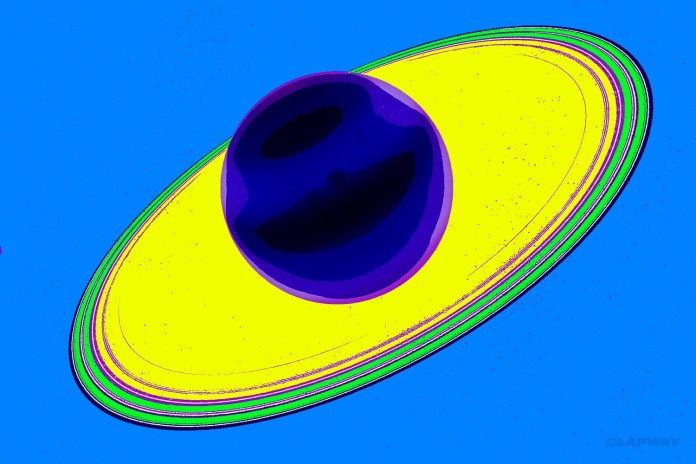
For the first time, the examination of a super-Earth’s atmosphere has been completed. If global warming isn’t happening fast enough for you, the temperature on this super-Earth was reported to reach 3,600 degrees Fahrenheit. As well as intense heat, the atmosphere was seen to have been made up of hydrogen and helium much like the gas planets of Uranus and Neptune. Hardly inhabitable, but the results are intriguing.

SUPER-EARTH RETAINS UNEXPECTED AMOUNT OF ATMOSPHERE
A super-Earth is said to be a planet with a mass higher than Earth’s but much lower than that of such planets like Neptune and Uranus. The extreme mass of Neptune and Uranus allow them to retain hydrogen and helium within their atmosphere while smaller planets tend to lose those elements due to a lack of gravity. Super-Earth 55 Cancri was thought to be one of these smaller planets, but researchers were surprised to find it held on to these elements fairly well. Despite it’s intense heat, 55 Cancri hasn’t allowed hydrogen or helium to escape, and the fact is baffling some experts.
ASTRONOMERS STUDY MINIATURE NEPTUNE FOR ALIEN LIFE
The super-Earth also called a miniature Neptune is being studied by astronomers for signs of alien life. Due to it’s smaller size, this mini-Neptune is a better choice for examination as it is easier to tell the atmosphere apart from any elements in the parent star. If the team is able to get a strong enough signal to detect elements on 55 Cancri, then the question of alien life on the miniature Neptune can be opened up for discussion.
URANUS LEFT IN DUST AS ADVANCED TELESCOPES BUST OPEN GALAXY
With the improvement of such instruments as telescopes, astronomers believe the new technology will open a whole new realm of exoplanet discovery. Yes, Uranus does contain vast amounts of hydrogen and helium like the super-Earth, but the fact is no one really cares. It’s simply just a gaseous planet that is the source of many space-related jokes. Astronomers have moved past Uranus and into the far reaches of the galaxy. Using their new technology, researchers hope to better look at the hints of hydrogen cyanide in the atmosphere of the super-Earth.

















